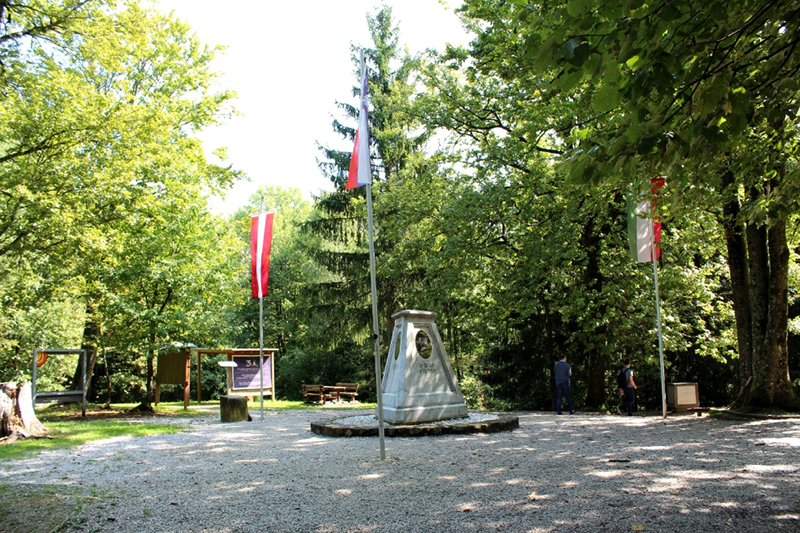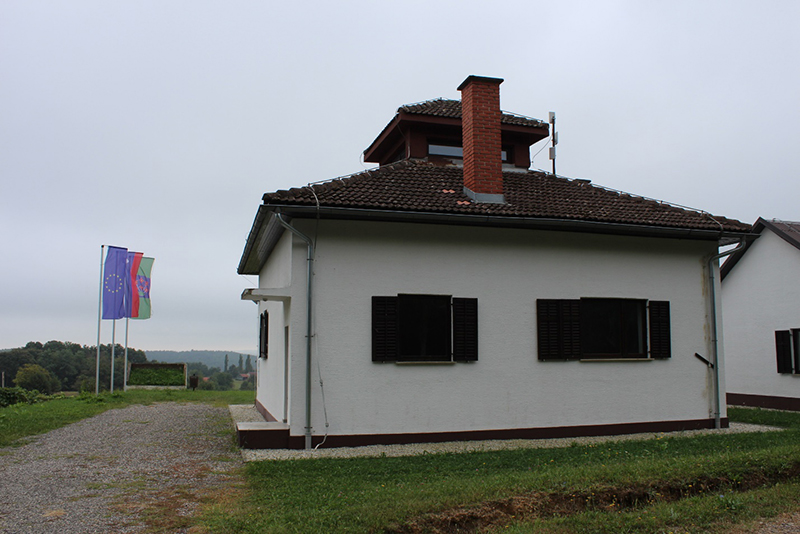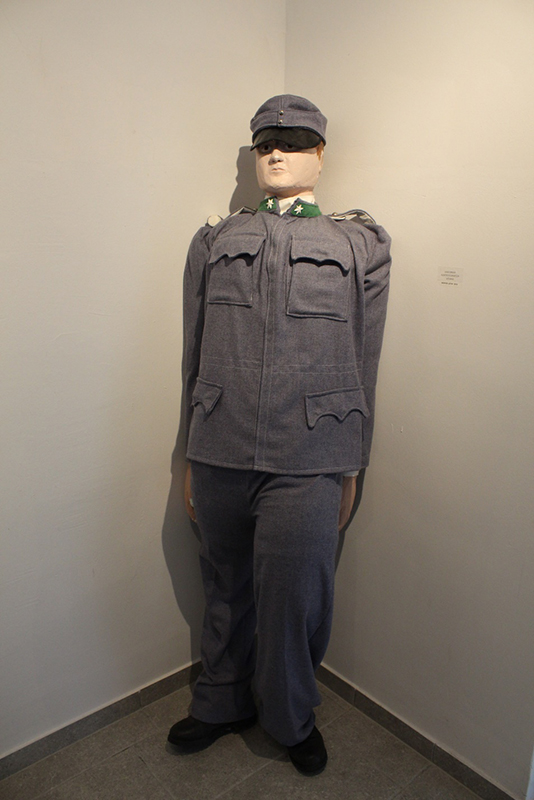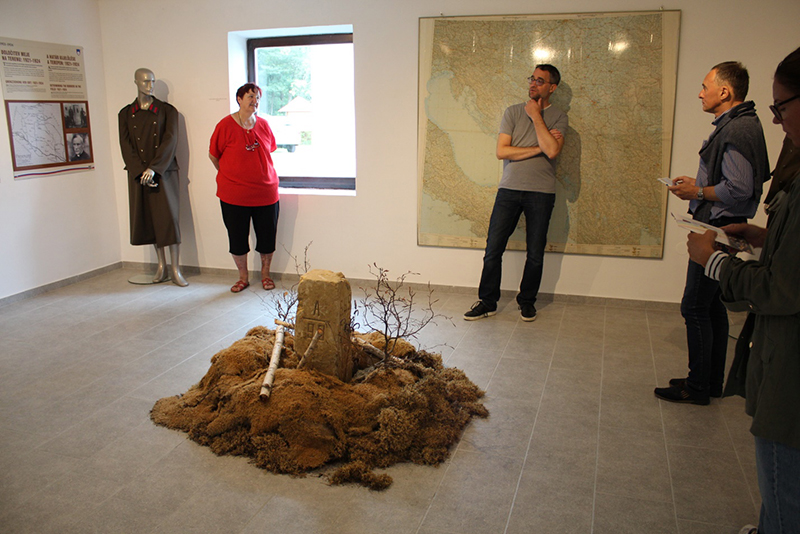Goričko (26.070 inhabitants) is the Slovenian part of a Three Countries Park with Austria and Hungary and an important habitat of endangered plant and animal species in Europe. Present-day Goričko is, as explained by our project team member Miha Kozorog, a territory almost surrounded by national borders. The border with Austria has roots that extend into the 12th century. During the period of Austria-Hungary (1867–1918), it was only an internal border in the dual monarchy, making what has later become known as the Goričko part of the Hungarian Lands of the Crown of Saint Stephen. After the fall of the dual monarchy, this border marked the boundary between Austria and Yugoslavia. The layout of this part of the border has thus not changed even though the political entities to which Goričko belonged did change over time, with the last one taking place when Slovenia declared its independence in 1991.
Authors: Miha Kozorog, Lana Peternel, Nikolina Hazdovac Bajić
Types: ETHNOGRAPHY, HISTORY, OBSERVATION, VISUAL ESSAY
Theme: Boundaries, Museums on the Border, Tourism, Ecology, Slovenia, Hungary








Field notes segments
Do I need to hold back and say that I find all ethnographic sites equally interesting? Goričko is an area that is easy to approach: the nature (or national) park, the villages, the remoteness and the borders. For me, the most fascinating feature is the exploration of state borders in the past, present and future, from Yugoslav, Slovenian, Hungarian and European perspectives. Borders in times of different systems, Yugoslav, Cold War, national and supranational. We climbed the military towers, which are now part of a museum, and visited exhibitions in former military barracks. Most museums display military history, and the difference between them is considerable. The Slovenian border museum is relatively sparsely filled, with an exhibit or museum piece here and there. In Hungary, the situation is dramatically different. The border museums are a treasure trove of historical military equipment, iconography, props and everything that was used not only by soldiers but also by the army dogs, horses, and animals.
The difference between the two approaches to border history is different as in this example. We will certainly come to an explanation in the course of the project, but first we have to overcome our fear of heights and climb the 30-metre-high military “cheque”. An interesting experience in the context of an in-situ museum.
We talked to people who lived or are living on the border. Their memories are not only personal, but also part of the national narrative. What were the last days of Yugoslavia or the Iron Curtain like? It is interesting that during the strict border regime everything could have been a threat. The threat was not only fleeing people, grown men and soldiers, but also cows, birds, wild boars and children. Over time, life along the border has become life beyond the border, but again different from life before the hard border. Each layer of the border experience brings with it experiences that characterise the Gorički area today. The four of us were there for a short time, for a few days, however, for the next fieldwork we won’t be short of topics to talk about.